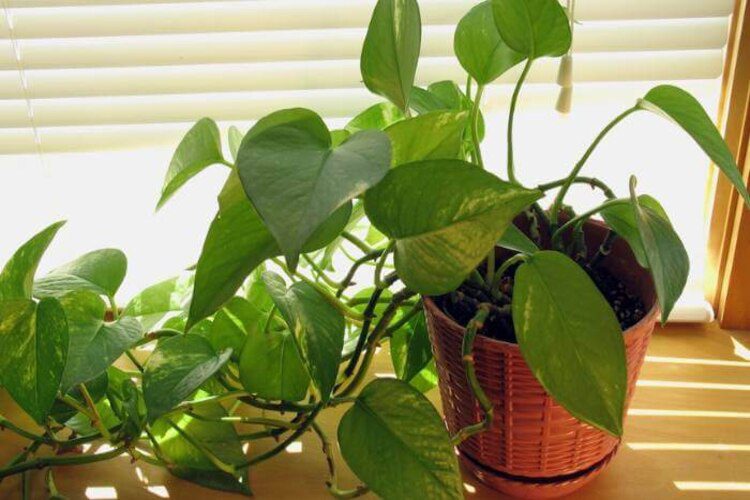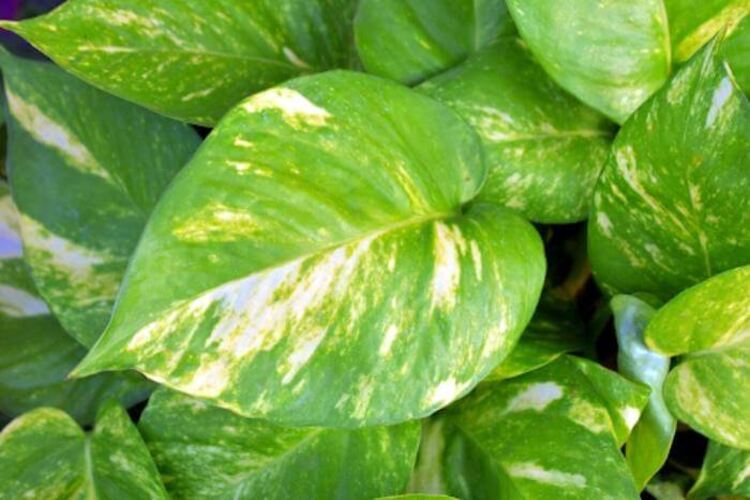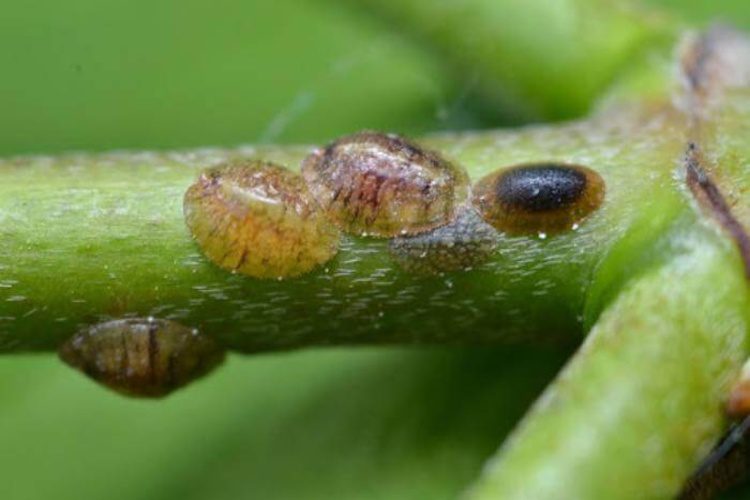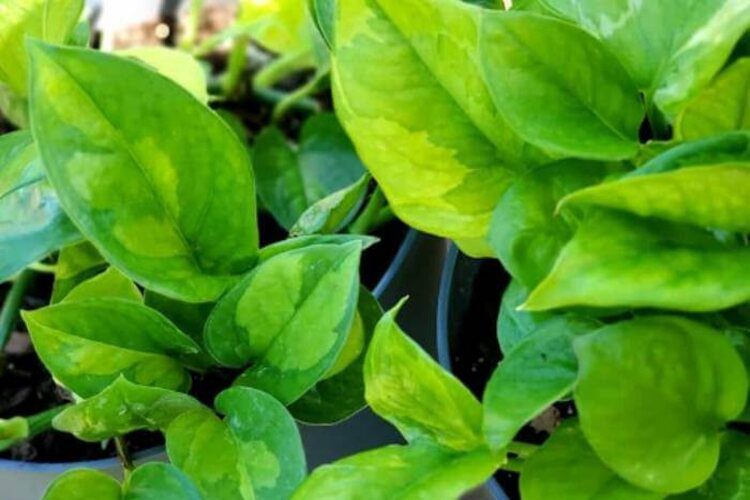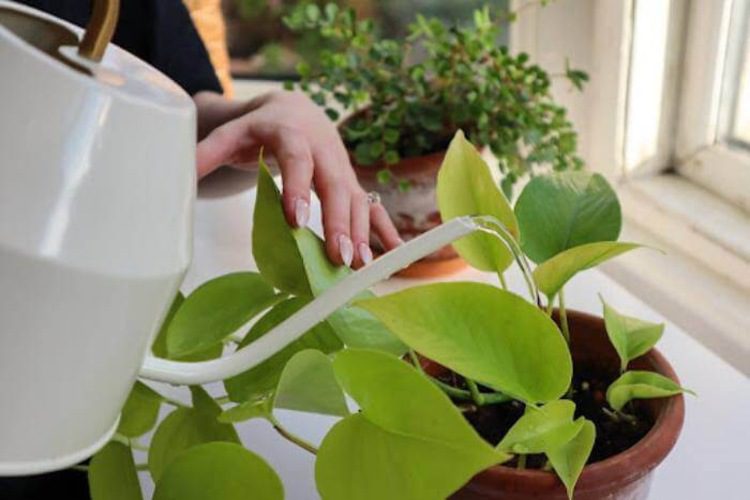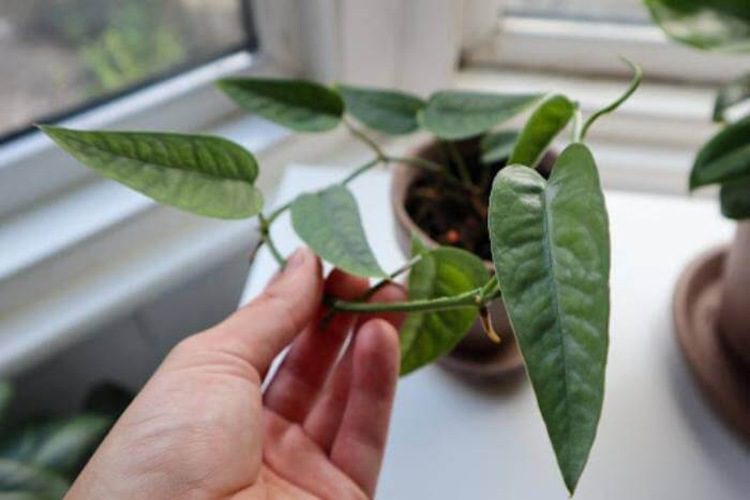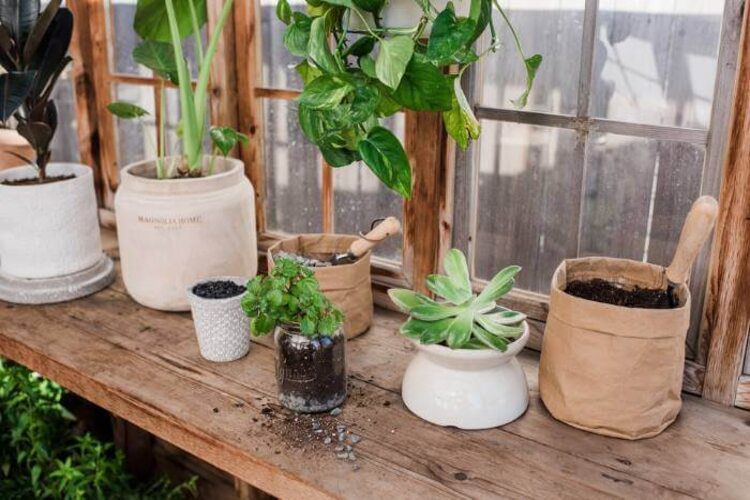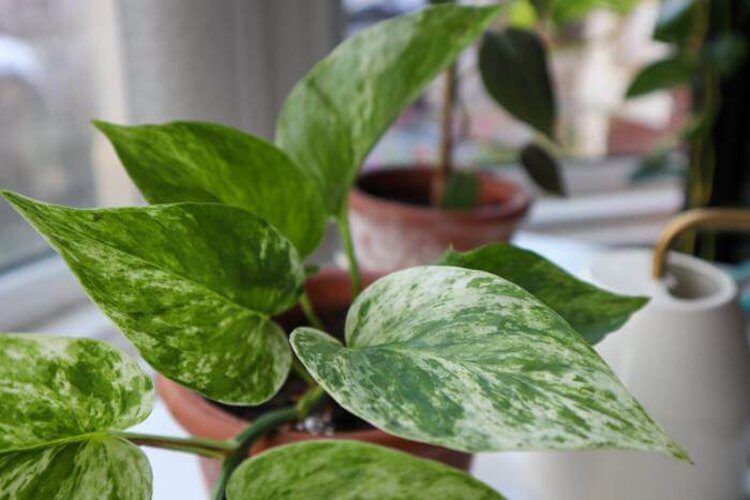Why Is My Pothos Drooping? 6 Main Causes
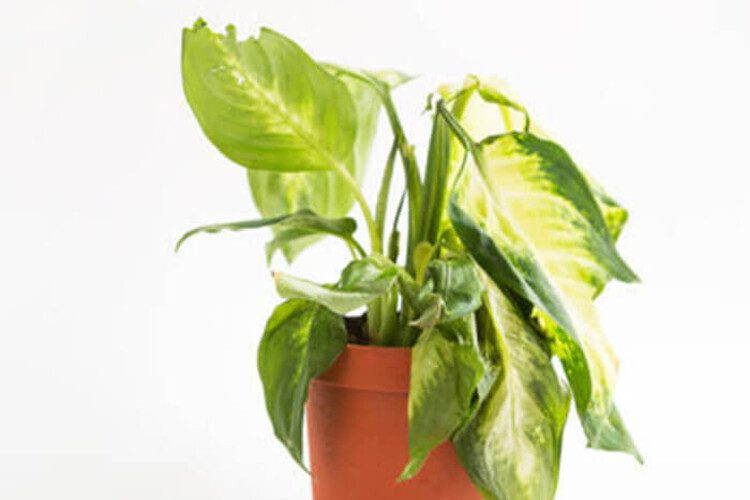
When your Pothos is under the weather, it might be drooping. Inconsistent watering, lighting, or even the wrong fertilizing method can cause the plant to look droopy. However, don’t worry because this is a common problem and can be rectified quickly. Let’s discuss more on the topic of why Pothos is drooping to help you gain a better understanding.
Drooping Pothos Look Like
Pothos plants are famous for their green and lush leaves. They grow new shoots during their growing season, looking so energetic all the time. So once they droop, you can quickly notice the difference. Depending on the cause, the tips or edges of the Pothos leaf will droop first. Sometimes, the entire leaf may wither and turn yellow too. It will affect the whole plant soon. Underwatering is often the first thing to blame. However, leaf drooping can also appear due to poor lighting, nutrients, and soil.
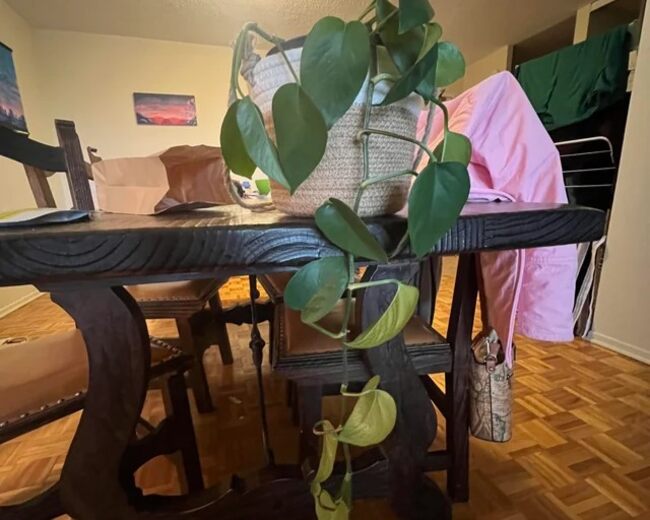
Causes And How To Fix
A droopy Pothos can happen for many reasons. Anything from water to soil, light, and humidity can impact your houseplant’s health. Once you notice the droopy parts on your Pothos, take immediate action. Here are the common causes of the problem and how to solve it properly.
Water
Plants need water, but watering is not a simple task. Both underwatering and overwatering will lead to tonnes of problems.
- Underwatering: Underwatering is the most common reason for your Pothos drooping. Although this species can still live if you miss a few days of watering, it will droop with an inconsistent watering schedule.
- Overwatering: Contrary to popular belief, too much water can make your Pothos droop, especially when it needs drainage to grow. This problem arises when you water the Pothos more regularly than normal or if the pot doesn’t have adequate drainage. The roots can’t receive the oxygen they need to work properly when there is too much water. It might stress your plant and cause Pothos leaves to droop. You will also notice root rot, a dangerous disease that could kill the plant.
Solutions:
It would be best to water your Pothos plant once a week. It needs about one cup of water for each watering. Since the drainage can be the source of the droopy effect, you should also check the holes in the pot. Poking more holes or changing the pot can improve the situation significantly. Remember to check the topsoil before giving your plant water. Poke your fingers into the soil to reach a depth of two to three inches. If it feels dry, water your plant. And if you can still feel the moisture, wait for the soil to dry out.
Light
When there is too much light, it usually manifests as symptoms on the leaf surface closest to the light source. Typically, the oldest leaves experience the harmful impacts of sunburn first. Yellowed leaves or burnt, crispy tips or edges are some signs that will show up. On the other hand, insufficient lighting can also cause leggy Pothos or drooping. Pothos become more susceptible to diseases and infestations under low light because their capacity for photosynthesis decreases.
Solutions:
If your Pothos is suffering from too much light, move it farther from the window to a place with plenty of bright indirect sunlight. Avoid exposing it to intense light or the scorching afternoon sun. Give it a light if your plant is withering and drooping in a darkly lit area. Also, rotate your plant occasionally to ensure uniform expansion. You can lightly dust the foliage to help your plant photosynthesize and absorb light efficiently.
Pest Infestations And Diseases
Pest infestations and diseases harm your plants severely. They demand immediate treatment, or your Pothos will die.
Pest Infestations
Mealybugs, caterpillar worms, scales, spider mites, and thrips are the most common pests found in Pothos. They will cause your Pothos plant to become weak and look droopy.
Solutions:
You must first thoroughly check your plant for pests. Then, follow these steps to deal with them:
- Remove the pests by hand
- Apply insecticidal soaps and horticultural oils to treat the pests
- Use insecticide-soaked soil for a systemic approach
Diseases
A fungal, bacterial, or viral infection may cause your Pothos plant’s leaves to droop. The leaves often become yellow, and the plant as a whole looks limp.
Solutions:
Buying healthy Pothos is the first line of defence. Before bringing your plant inside, make sure the roots are strong, thick, and healthy. The potting mix should be pathogen-free if you want to repot or transplant your plant. You can sometimes add hydrogen peroxide to the irrigation water to improve sanitation. If your Pothos plant already has the disease, isolate it and remove the affected parts to prevent them from affecting each other. Then, apply appropriate fungicide or bactericide solutions to treat the diseases.
Over-fertilization
Many people make the mistake of giving their plants too much fertilization because they think that the nutrients will help them thrive. However, Pothos plants don’t need a lot of fertilizer. Pothos plants may burn from overfertilization, making the leaves turn brown, which also causes them to droop.
Solutions:
Consider the fertilizing cycle and decide to feed your plant only when required. Ensure the extra fertilizer oozes out of the drainage holes when introducing new fertilizer to your plant. The ideal time to fertilize Pothos is from spring to summer. When it’s wintertime, avoid feeding your plant. Another important thing to remember is that the Pothos’ metabolism ceases if you keep it in an area with little or no sunlight.
Temperature Shock
Temperature stress can result in droopy Pothos leaves. When the environment around your plant is too cold or hot, this problem emerges. If the temperature is too high, the plant will lose water faster, causing the leaves to turn weak and droop. Aerial roots may also grow from the leaves in an attempt to reach more moisture. If the weather is too cold, the metabolism will slow and toxins may accumulate, leaving droopy leaves.
Solutions:
Pothos is a tropical plant that flourishes in temperatures between 70 and 90°F. Although the plants can endure temperatures in the range of 50°F, try not to reach that low. You might try relocating your plant to a more moderate environment. It should be a location with a constant temperature and indirect light.
Another option is to install a humidifier in the space where you plant your Pothos. This appliance will lessen stress on your plant by keeping the surrounding air moist. Finally, spray a water mist on your plant. You can prevent the leaves from drying up and becoming stressed out due to the high temperature.
Small pot
When the pot is too small for your plant, it may impede root growth and its ability to absorb nutrients and water. Lack of nutrients hinders Pothos roots from growing. It will droop and grow yellow leaves, which are symptoms of emaciation.
Solutions:
It’s crucial to repot your Pothos once a year as part of your regular maintenance schedule. Repot it by carefully removing it from the old pot and using a bigger, better-draining container. Choose a pot that is one or two inches or more in diameter than your Pothos. It should actually be twice as big as the old pot to encourage plant growth. However, do not use a pot that is too big for your plant. Watering your plant in such a large pot will drown the roots.
FAQs


